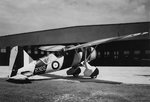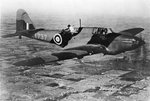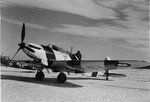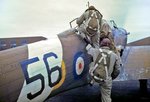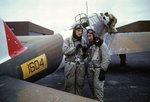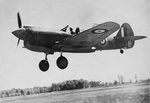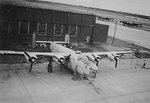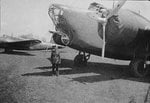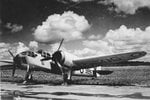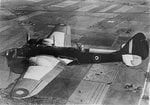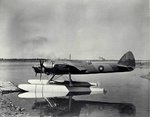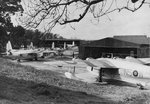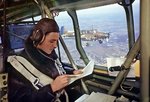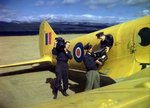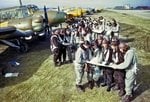- Thread starter
- #41
104 British-built Lysanders were delivered to Canada supplementing 225 that were built under license at Malton, Ontario (near Toronto) with production starting in October 1938 and the first aircraft flying in August 1939. The RCAF primarily operated them in the Army Co-operation role, where they represented a major improvement over the antiquated Westland Wapiti which could trace its origins back to 1916. Initial training was conducted at Rockcliffe, Ontario (now a part of Ottawa, Ontario) with 123 Squadron running an Army Cooperation school there. Units that operated the Lysander for training in this role in Canada include 2 Squadron, 110 Squadron (which became 400 Squadron overseas) and 112 Squadron.
414 Squadron RCAF was formed overseas with Lysanders, joining 2 Squadron RCAF, 110 squadron RCAF and 112 Squadron RCAF and all four were ready to begin operations when the high losses suffered by RAF Lysanders put plans on hold but they continued training with the Lysanders until replacements were available. 118 Squadron and 122 Squadron would be the only units to use their Lysanders for active duty operations - 118 in Saint John, New Brunswick, and 122 at various locations on Vancouver Island where they performed anti-submarine patrols and conducted search and rescue operations. During the same period, 121 Squadron used the Lysander for Target Towing duties, with a high visibility yellow and black striped paint job but by late 1944 all Lysanders had been withdrawn from flying duties.
414 Squadron RCAF was formed overseas with Lysanders, joining 2 Squadron RCAF, 110 squadron RCAF and 112 Squadron RCAF and all four were ready to begin operations when the high losses suffered by RAF Lysanders put plans on hold but they continued training with the Lysanders until replacements were available. 118 Squadron and 122 Squadron would be the only units to use their Lysanders for active duty operations - 118 in Saint John, New Brunswick, and 122 at various locations on Vancouver Island where they performed anti-submarine patrols and conducted search and rescue operations. During the same period, 121 Squadron used the Lysander for Target Towing duties, with a high visibility yellow and black striped paint job but by late 1944 all Lysanders had been withdrawn from flying duties.


